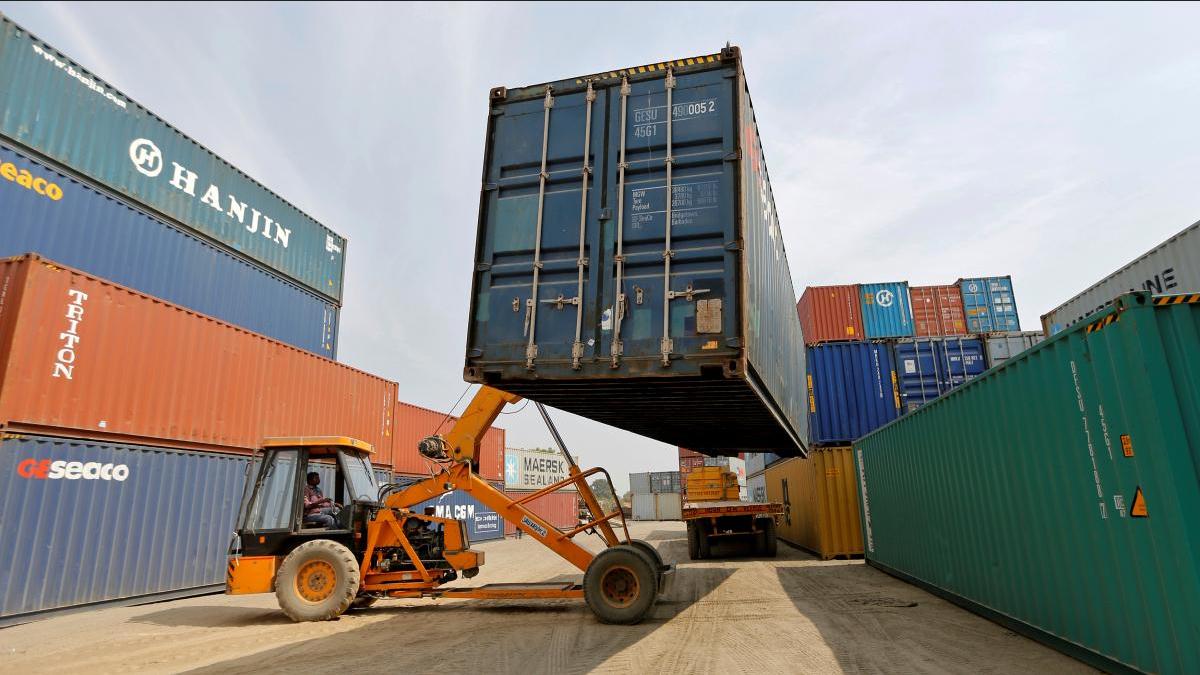A trade deficit is an economic measure of international trade in which a country’s imports exceed its exports. A trade deficit represents an outflow of the domestic currency to international markets. It is also known as a negative balance of trade.
Trade deficit = Total value of imports – Total value of exports
How trade deficits are calculated and recorded
The nations of the world record their commercial activity in their balance of payments account books. One of the main data in this item is the “current account”, which tracks the goods and services that are leaving a country, exports, and those that are entering (imports). The current account shows direct transfers such as international aid, capital inflows such as foreign direct investment, as well as the balance of trade.
A trade deficit generally occurs when a country fails to produce enough goods for its own residents. However, in some cases, a deficit can signal that a country’s citizens are rich enough to buy more goods than their country produces.
Aspects of the trade deficit to take into account
When a country’s production cannot meet demand, imports from other nations increase. A trade deficit is not necessarily harmful, because it often corrects itself over time. An increase in goods imported from other nations causes prices to decrease for consumers in the nation, as foreign competition increases. Low prices help reduce the threat of inflation in the local economy, and an increase in imports also increases the variety of goods and services available to a nation’s residents. A rapidly growing economy could import more products as it expands, so its residents could consume more than the country can produce. Consequently, a trade deficit could indicate that there is a growing economy.
How trade deficits can affect the growth forecast
In the long run, however, a trade deficit can lead to fewer jobs. If the nation is importing more goods from foreign companies, prices will fall, and domestic companies may be unable to produce goods to compete at lower costs. Manufacturing companies are usually hit the hardest when a country imports more goods than it exports. This impact resulted in many fewer jobs or lower wages for employees due to import competition. Fewer jobs means fewer products are manufactured in the economy, which in turn leads to more imports and a larger deficit.
The U.S. trade deficit has been growing for the past decades, worrying some economists. A substantial amount of US dollars is hoarded by foreign nations, which could decide to sell those dollars at any time. A sharp increase in dollar sales could devalue the currency, and therefore make imports more expensive.
Real examples of trade deficits
The United States has the distinction of being the country with the largest trade deficit in the world since 1975. In 2013, the deficit in goods and services was worth more than $472 billion, mainly because the country imported and consumed significantly more electronic goods, raw materials, oil and others sold by foreign nations.
In Latin America, several nations have significant trade deficits due to their inability to produce value-added goods and applied knowledge. Colombia has a trade deficit of 6.8 billion dollars. Spain, for its part, has a trade deficit of 36.4 billion euros as of 2018.
Conclusion
Although the trade deficit is not in itself something negative, having consecutive trade deficits can be negative for a nation to the extent that its productive sector cannot be fully developed and it is forced to compete at a disadvantage against goods. imported. An effective way to combat continued trade deficits is to stimulate domestic production with investments directed towards key value-added sectors such as science and technology. In this sense, valuable innovations can be developed that other nations will constantly want to buy.











